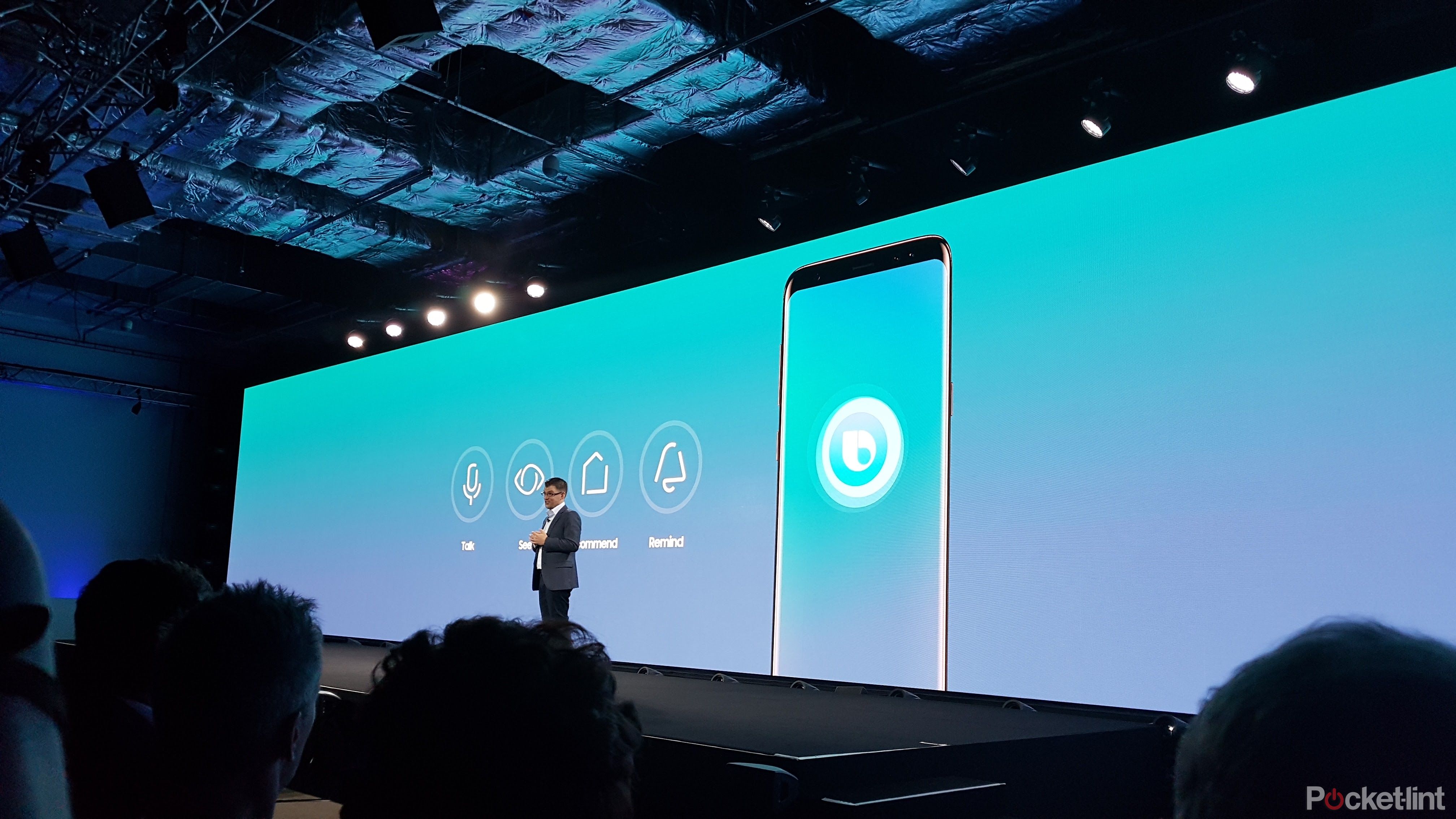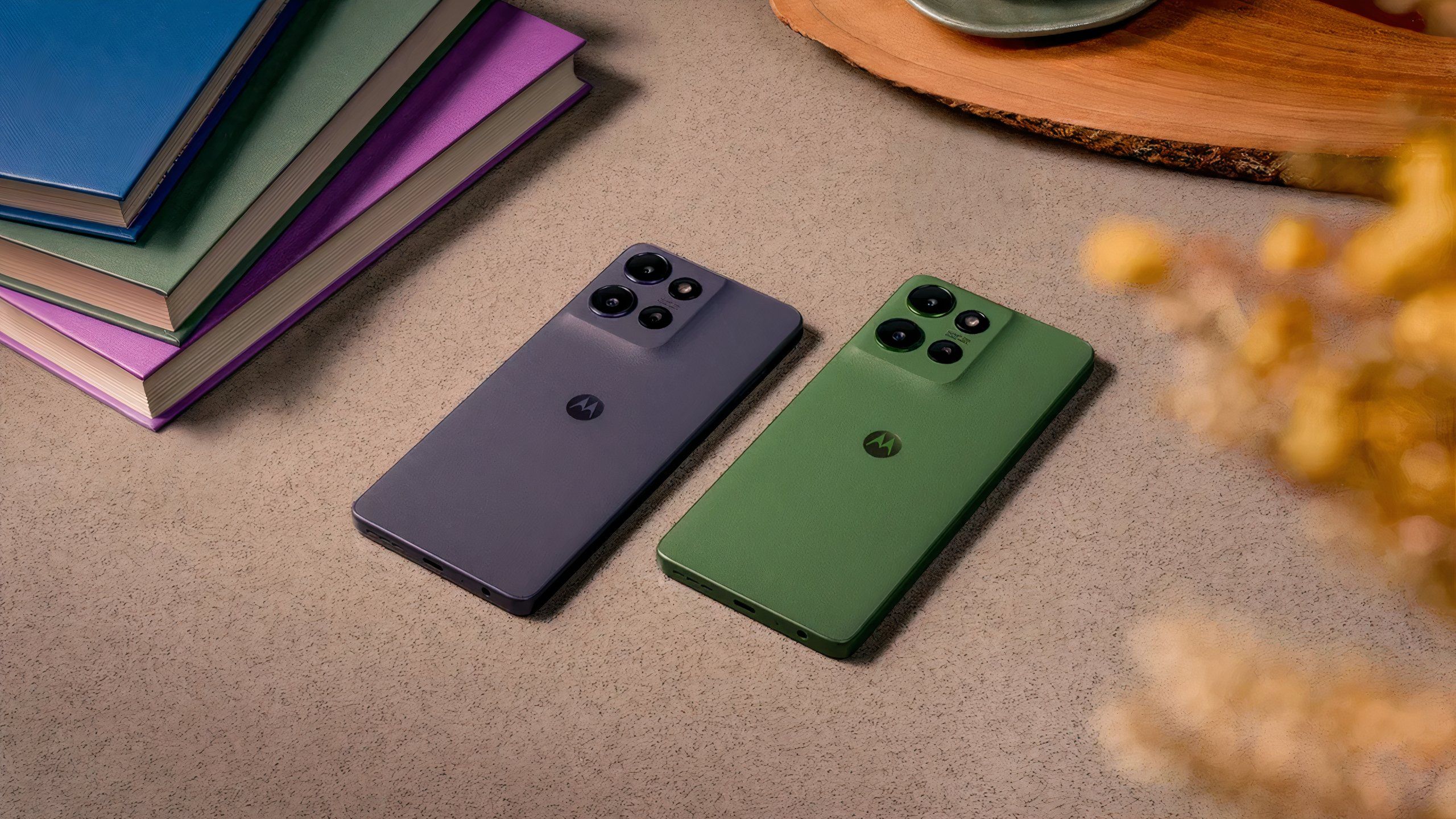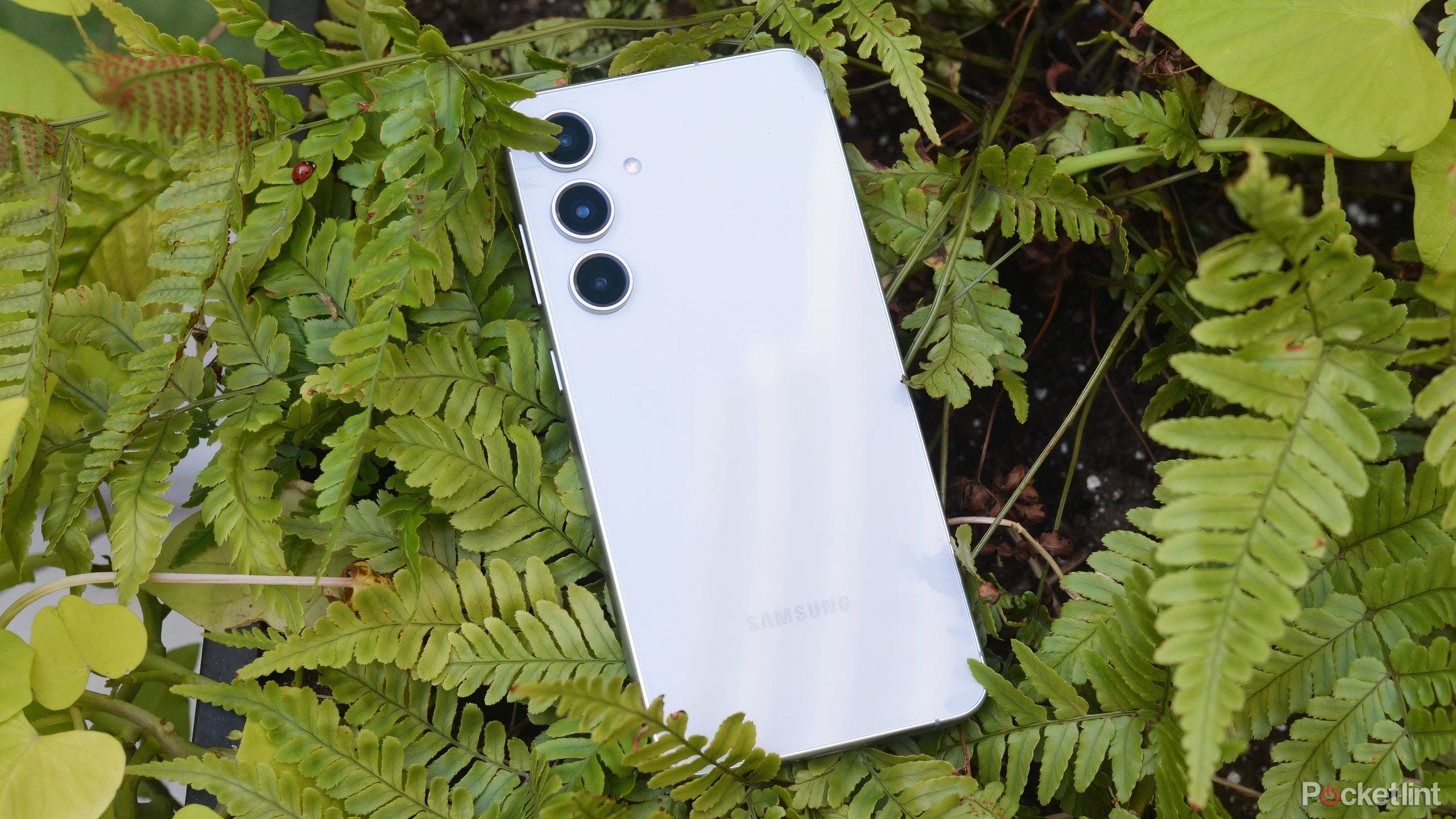Summary
- Budget Android phones have come a long way, mostly thanks to breakthroughs in flagship phones meeting economies of scale.
- They can handle all the essential apps with ease, and even their cameras are sometimes indistinguishable from more expensive devices.
- It’s still important to be cautious, mostly because of longevity and any niche requirements you might have.
While I’ve primarily been an iPhone user for the past decade — my daily driver is an iPhone 16 Pro — I cut my teeth on Android phones. Initially, I was hesitant to even spend money on a smartphone, but I quickly realized I was being left behind, and Android phones were the most affordable option. My first smartphone ever ended up being a budget LG model. It was slow, with a tiny amount of storage, and wouldn’t run many of the apps other Android phones could handle.
But the times are a-changin’. My wife recently upgraded her phone, and while the salesperson ultimately persuaded her into buying an iPhone as well, she did initially consider several budget Android phones. I had a hard time picking a favorite among them — not so much because I didn’t know the hardware, but because most of them would’ve been fine for her needs. It struck me that the budget world has come a long way, even if you still need to be cautious, or be flexible on what “budget” means.
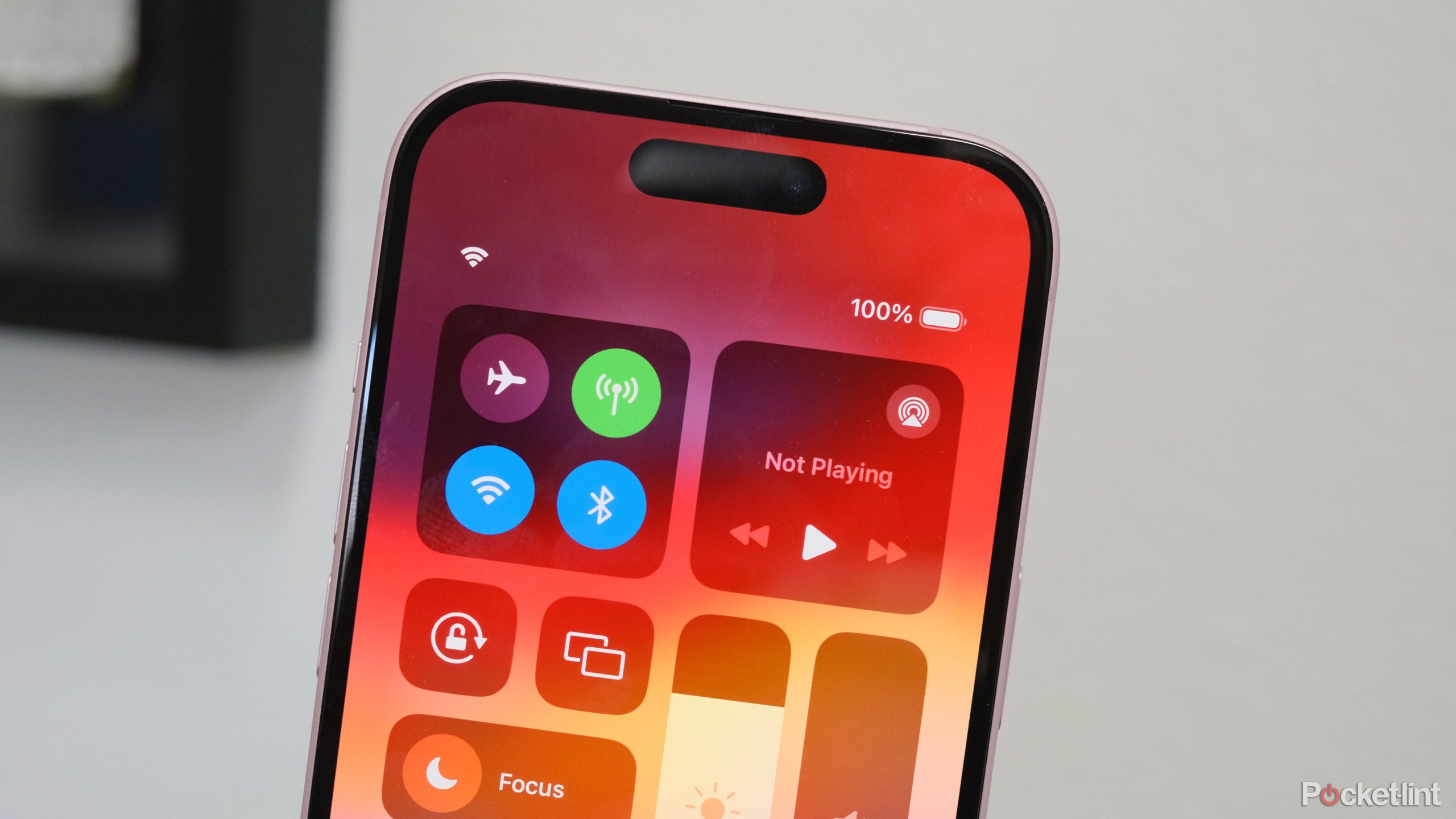
Related
How I keep my phone protected against stingrays (not that kind)
It’s an area where Android devices seem to be ahead of iPhones.
Remember the bad old days?
What we’re leaving behind
For many, many years, buying a budget Android phone was a risky proposition. Decent ones did exist, but regardless, you were usually making some sort of serious compromise. As with my old LG phone, you could end up with a slow processor and too little RAM, which would make it difficult or impossible to use the latest apps. Indeed, I don’t think I ever used Google Maps on a phone until I bought one of the first Google Nexus devices. For the first year or so after moving to Texas, I had to use a dedicated Garmin GPS my parents let me have.
Storage was usually less of a concern, but only because microSD slots were still commonplace. Some devices were outright unusable without an expansion card, and even once internal storage became a little better, there was still a chance you’d need to dump photos, music, or even secondary apps onto a card to keep things practical.
The thing that sticks out most in my mind is camera quality. In the early days, there was almost no point in taking a photo with a budget Android phone unless you needed to prove something had happened — the resolution and noise of any image would be garbage. Things improved, of course, but there was still a long era during which you couldn’t count on decent photos or video unless the lighting was perfect. Even the two Nexus phones I owned did a miserable job at recording nighttime concerts.
How (and why) budget devices have improved
The march of progress
Motorola
Budget Android phones have become more reasonable for a couple of reasons: economies of scale, and phone makers solving fundamental problems. In the early days, new flagship phones pushed the limits of design to fix complaints as much as impress people — buyers weren’t always satisfied with durability or cellular bandwidth, never mind processor power, RAM, or photo sharpness. Sales of those more expensive phones paved the way for their parts (or versions of those parts) to be cheaper to produce for lesser models, bringing upgrades with each new flagship generation.
The result is that even the Samsung A16, one of Samsung’s cheapest devices, has things like a 6.7-inch OLED display, an eight-core processor, a 50-megapixel main camera, and 128GB of internal storage. You do have to pay extra if you want a 5G version, but even the 4G model should handle apps like Instagram and Google Maps without much trouble. Hypothetically, the base A16 can download at up to 400Mbps, enough for multiple 4K video streams.
Processors, storage, durability, and cellular tech have advanced far enough you’re only going to run into trouble with a budget Android phone under specific circumstances.
Simply put, processors, storage, durability, and cellular tech have advanced far enough you’re only going to run into trouble with a budget Android phone under specific circumstances. You shouldn’t expect to play console-quality 3D games on one, for example, but many lighter 3D titles should play just fine. I’d also insist on something better for telephoto shots, or low-light photos and video, but you might not even notice the difference versus my iPhone 16 Pro when it comes to shooting in sunlight or well-lit rooms.
Flexibility is really what you’re paying for with modern flagships. My 16 Pro can handle the most demanding apps, including generative AI, and its cameras are good enough to make low-light photos and video worth taking, if still a little dicey when using the telephoto or ultra-wide sensors. If I somehow get lost in the woods, it can send messages via satellite, and it’s less likely to break if I drop it in water or some sort of hard surface. You might also get perks like faster refresh rates, or better outdoor visibility.
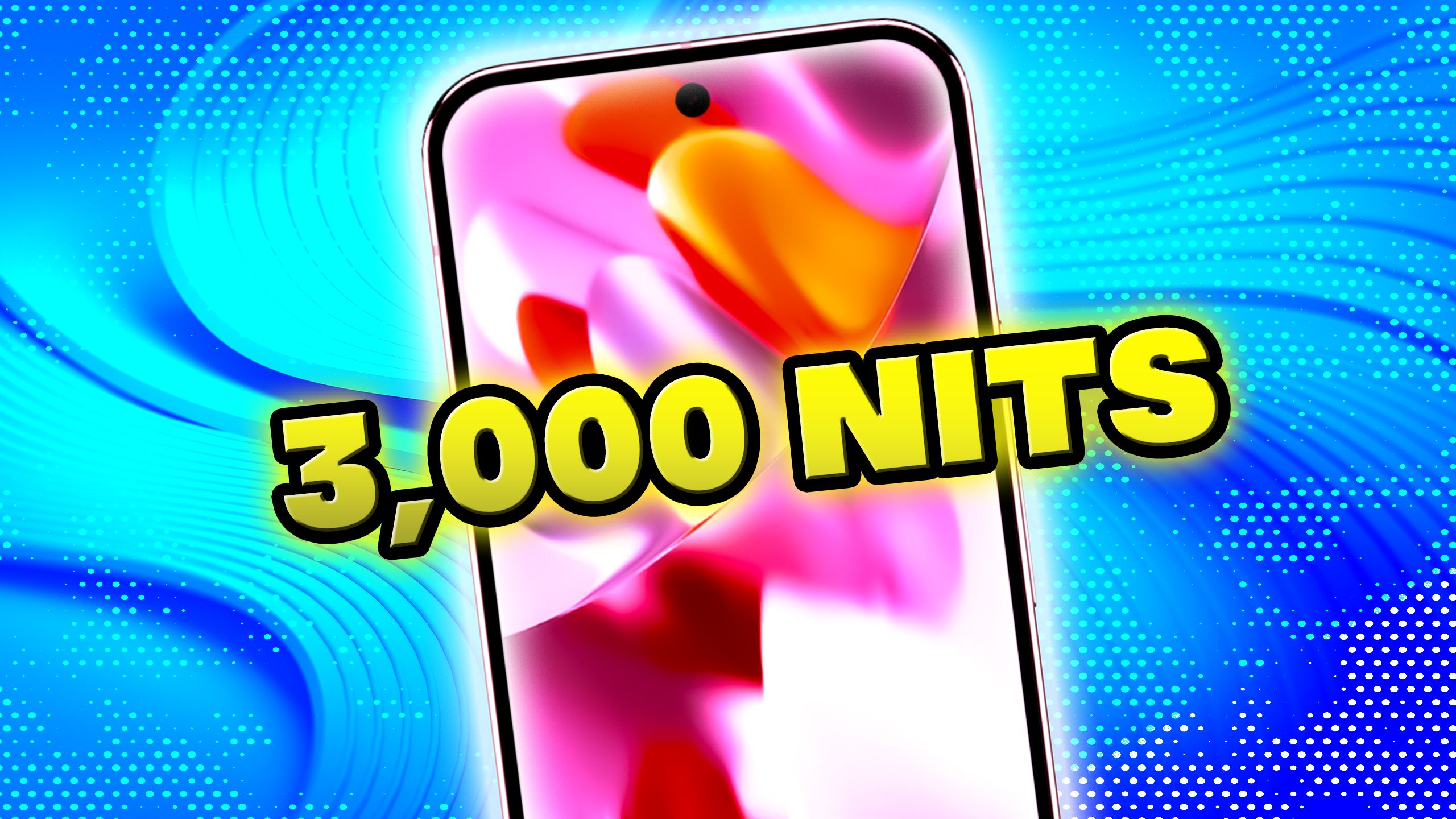
Related
I like my smartphones bright – here’s what you need to know about phone brightness
It’s nice to have the brightest screen possible, but you shouldn’t necessarily take advantage of it.
The pull of the upsell
Cautions and long-term trends
You should still be wary when buying a budget device, naturally. If your phone is your only camera, it’s going to be incredibly disappointing if you discover that you botched recording a memory because of a noisy sensor, say, or because you couldn’t zoom in far enough. In terms of performance, budget phones are more likely to drop off the edge of “acceptable” within a few years, since both apps and Android itself are continually advancing. More features tend to mean more intense processor and RAM requirements. Some products on sale today will never get any integrated (generative) AI features beyond the most basic version of Google Gemini, if that much.
You’re much less likely to get stuck with a lemon in 2025 than you were in 2015.
The safer decision is often to spend a little more money on a mid-range phone. There’s a growing blur in what constitutes a “budget” phone, in fact — at $500, the Galaxy A56 5G isn’t exactly cheap, but it’s still $300 less than the Galaxy S25, and $800 less than the S25 Ultra. I think a lot of people would put the budget threshold at $300 or lower, but that might not be as workable as it once was. Smartphones are becoming more complex, and prices are rising across tech in general.
Ultimately, then, it’s still important to read reviews, and buy the best you can afford within your budget if you want something to last awhile. The takeaway is that you’re much less likely to get stuck with a lemon in 2025 than you were in 2015.

You might also like
Everything you need to know about PEVs, or personal electric vehicles
You can use PEVs like e-bikes and scooters to explore, run errands, or speed up your commute.




